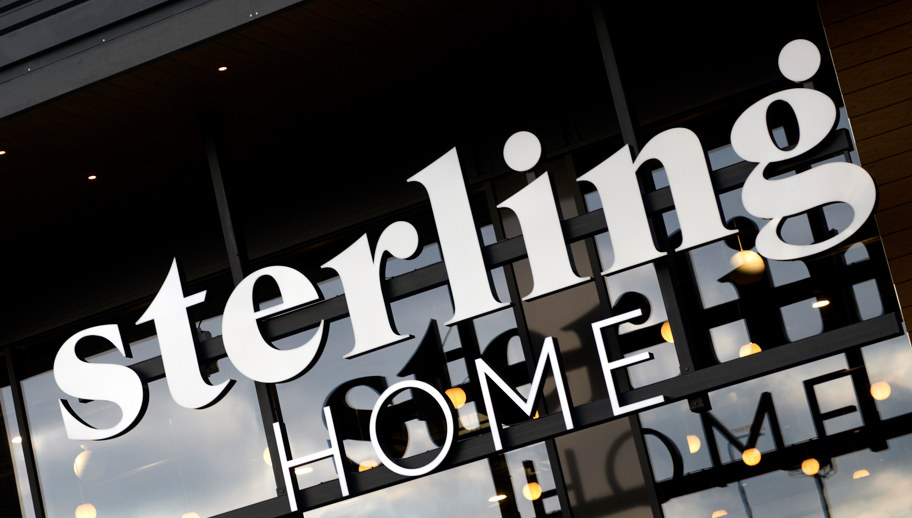Carpet and beds retailer Carpetright has been told to clarify savings claims after receiving a complaint from rival retailer Tapi Carpets.
A number of adverts seen across Carpetright’s website during January and February 2022 displayed discounts of “up to half price” and percentage savings using a promotion over images of products that included carpets, wood flooring, vinyl, luxury vinyl (LVT), laminate and beds.
Tapi Carpets challenged whether the savings claims were misleading because they understood that only a very small proportion of products were available with the advertised discount and the products had not been sold at the higher undiscounted prices.
Following an investigation into two issues by the Advertising Standards Authority (ASA), Carpetright explained that the promotional period referred to in the ads was 25 January 2022 to 1 February 2022 (week 4), 2 February 2022 to 22 February 2022 (weeks 5–7) and 23 February 2022 to 15 March 2022 (weeks 8-10) (the Promotional Period).
The ASA stated: “They said there were three main categories of products: beds, hard flooring and soft flooring. Those could be broken down into sub-categories. For beds, the sub-categories were divan, frames and mattresses (Beds). For hard flooring, the sub-categories were vinyl, luxury vinyl tile (LVT), laminate and wood flooring (Hard Flooring). Soft flooring referred to carpets (branded and non-branded) (Soft Flooring).
“For each main category of products, they provided data showing the range of products they offered. For each product line within that category, they provided data showing: (i) it’s price, the percentage discount (if any) and the volume sold, for each week of the Promotional Period; (ii) in the last six months (October 2021 to April 2022), the volume sold at the promotional price, the non-promotional price and the percentage that were sold at the non-promotional price; and (iii) the number of weeks the product line had been on promotion in the last six months.
“They also provided a summary showing, for each sub-category of product, the total number of product lines they offered, and a breakdown of the number of product lines that were on promotion at a discounted price of 20% off, 25% off, 30% off and 50% off during the Promotional Period, and the percentage of total products sold at a discount during the Promotional Period.
“Carpetright asserted that a significant proportion of products were available at the discounted price during the Promotional Period. For each product category, they highlighted the data that they believed demonstrated that. In particular, in relation to Beds, during each week of the promotional period between 38% and 45% of their total ranges were discounted. In relation to Hard Flooring, between 20% and 34% of their total ranges were discounted during the promotional period, and between 28% and 31% of their total ranges in the Soft Flooring category were discounted.
“They said the data provided showed that the range of products included in the promotion had been sold at their undiscounted prices outside of the Promotional Period. The undiscounted “was” price was therefore a genuine representation of the price at which the product was usually sold.”
From the two issues that were investigated, one of which was upheld, while the other was informally resolved after the retailer agreed to amend their advertising. As for the upheld ruling, the ASA said: “We acknowledged that the Chartered Trading Standards Institute’s (CTSI) Guidance for Traders on Pricing Practices (the Guidance) said that promotions were likely to comply with the guidance if the reduced price was charged for the same or less time than the reference price.
“The Guidance offered practical advice to traders on the consumer protection laws and associated practices. While we noted that the Guidance provided a set of principles rather than statutory rules, and non-broadcast advertising claims were ultimately assessed under the CAP Code, we took the Guidance into account when making our assessment. The Guidance stated that a practice was more likely to comply if a comparison was made for a period that was the same or shorter than the period during which the higher price was offered. It did not give specific advice on situations where that practice was repeated on a regular basis for the same product.
“We considered it was relevant to consider the fluctuations in the context of the consumer understanding, that the higher price would be the usual selling price of the product.
“Because the undiscounted prices and the discounted prices generally followed a cyclical pattern, we understood that the lower ‘promotional’ price was not offered for longer than the higher price against which the saving was claimed over a 12-month rolling period. We acknowledged Carpetright’s assertion that they would not allow a product to be on promotion for more than 26 weeks in any rolling 52-week period, but noted from the six months’ sales data provided that there were certain products that had been discounted for more than half that time and so at that particular point in time, those products had been at the discounted price for longer than they had been at the higher price.
“Furthermore, we considered that if consumers had been aware of that pattern, they would regard the advertised products as having two distinct prices, neither of which represented the usual selling price. We considered that those fluctuations and the lack of a usual selling price would be likely to affect consumers’ perceptions of the value of the offer, and whether or not the claimed ‘saving’ was genuine.
“The Guidance also stated that whether significant sales were made at the higher price should be considered when determining whether the saving was genuine. We therefore had concerns that certain product ranges had not sold any products at the undiscounted prices. In particular, a notable proportion of product lines in the Beds category which were part of the promotion had not been sold at their higher price during the six-month period October 2021 to April 2022.
“Because consumers were likely to understand that a significant proportion of products in the categories referred to in the ads would be discounted by the “up to” amounts stated in the ads, and that the advertised savings represented a genuine saving against the usual selling price of the products, when that was not the case, we concluded that the savings claims were misleading.
“We told Carpetright Ltd to ensure that when making savings claims in future, they were able to establish a genuine usual selling price and show that a significant proportion of products had the maximum saving, so as to not mislead consumers.”















